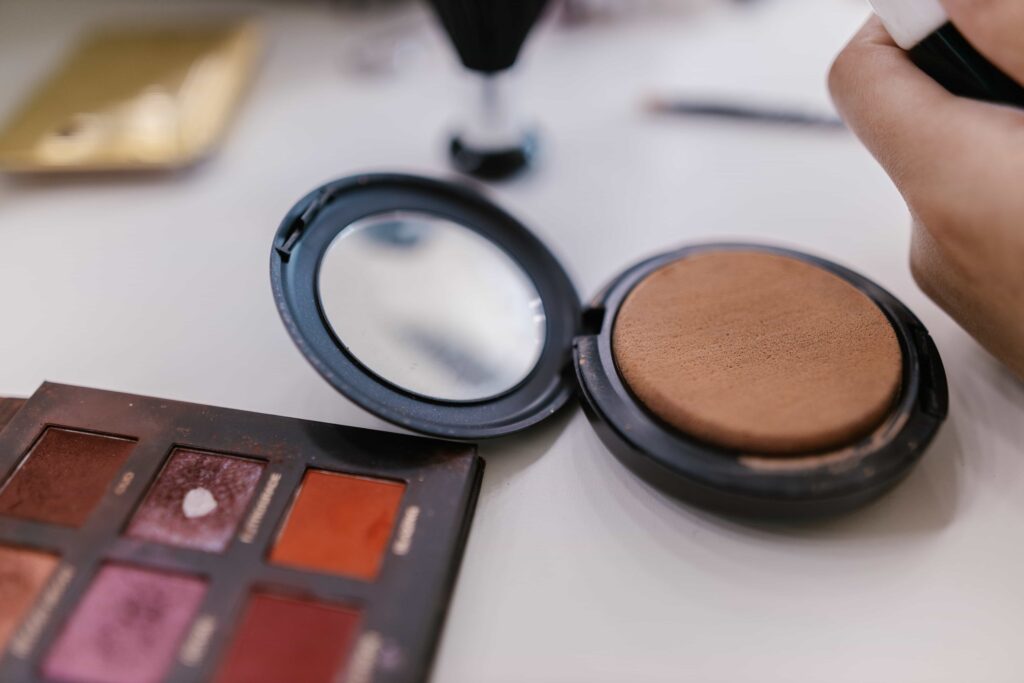Introduction
Hello to a mindful journey towards radiant beauty. In a world brimming with beauty products, it’s crucial to use these with caution. In this article, we will explore why it’s essential to avoid using harmful beauty products. From toxic ingredients to potential health risks. Here we unveil the hidden dangers, empowering you to make informed choices for a safer and more naturally beautiful you. It’s time to prioritize your well-being and embrace a beauty routine that nurtures, not harms. Let’s dive into the reasons to be discerning about the products you use and discover a path to beauty that aligns with your health and values.
Table of Contents
1. Artificial Fragrance / Perfume
Almost every unmarried traditional skincare and beauty product (even “dissatisfied”) incorporates synthetic fragrances. Manufacturers are not required to disclose their fragrances properly, so you will see the fragrance or Parfum in the list of substances, while it may be a cocktail of carcinogens, allergies, endocrine disorders and irritants.
2. Sodium Lauryl Sulfate and Sodium Laureth Sulfate
SLS / SLES mix sellers with pores and skincare and cosmetics, shampoo and toothpaste, used in a square of private sales merchandise.
Additionally, chemicals considered as “nitrosamines” through the means of the sulfuric process are not uncommon.
SLS has been proven to contribute to or cause irritation of the pores and skin, canker sores, disintegration of the pores and herbal obstruction of the skin and oil balance and eye damage.
Likewise, it is largely considered the main contributor to the mouth and chin (especially in cystic acne) since it is mi comedogenic (clause pores).
3. Toluene
It is a risky petrochemical solvent that can be toxic to an immune gadget and has its onset defect. If you are pregnant, be especially cautious and stay away from nail polish containing toluene completely.
4. Phthalates
A phthalate is a plasticizer that is introduced into the plastic so that it turns brittle. Phthalates are commonly used in cosmetics in fragrances, and can also be seen in various personal care wares, including hair sprays and nail polishes. Examples include DBP, DEHP, DEP and others. Like parabens, phthalates are endocrine inhibitors and can cause hormonal and reproductive dysfunction and onset defects.
5. Polyethylene Glycol (PEG)
Polyethylene glycol (PEG) is used as a thickener for many styles of cosmetics, most notably in lotions, shampoos and sunscreens. The peg is regularly infected with each ethylene oxide (a supposed carcinogen) and 1,4-dioxane (which causes respiratory discomfort and is banned in Canada).
6. Oxybenzone (and various chemical sunscreens)
Sunscreens are available exclusively: chemical and mineral filters. Most, common sunscreens available in the market use chemical filters that include oxybenzone. Oxybenzone is a supposed endocrine disruption and may modify the thyroid characteristic.
It is additionally related to pores and skin allergies. Chemical sunscreen should be avoided in any respect cost especially with children!
Besides, it is important to keep away from the optionally popular “O” S with octinoxate and octocrylene, which can now be considered hazardous to human health and the environment.
Oxybenzone can also be seen in sunscreen, SPF lotion, lip balm, and makeup.
7. Butylated Hydroxyanisole (BHA)
Found in: exfoliants, perfumes
The National Toxicology Program classifies BHA as “significantly expected to contain human carcinogens”. In animal studies, BHA has been proven to demonstrate neurotoxic consequences and interfere with the development of everyday reproductive gadgets and thyroid hormone levels.
8. Trichlosan and trilocarbon
Contains: toothpaste, deodorant, antibacterial soap
Triclosan turned everyone into a rage as antibacterial goods became ubiquitous in the 1990s. Even the FDA believes that the use of triclosan does not provide any fitness benefit to humans.
And in 2013, it was dominated that producers would have to demonstrate that there are no long-term adverse consequences when using it in goods. In 2016, the chemical was banned through FDA-approved soaps.
Still, performance of the ultimate customer goods, fluids (in liquid goods) and triclocarban (in bar soap) were related to hormonal disruption, bacterial resistance, impaired muscle function, impaired immune function and improved allergy





